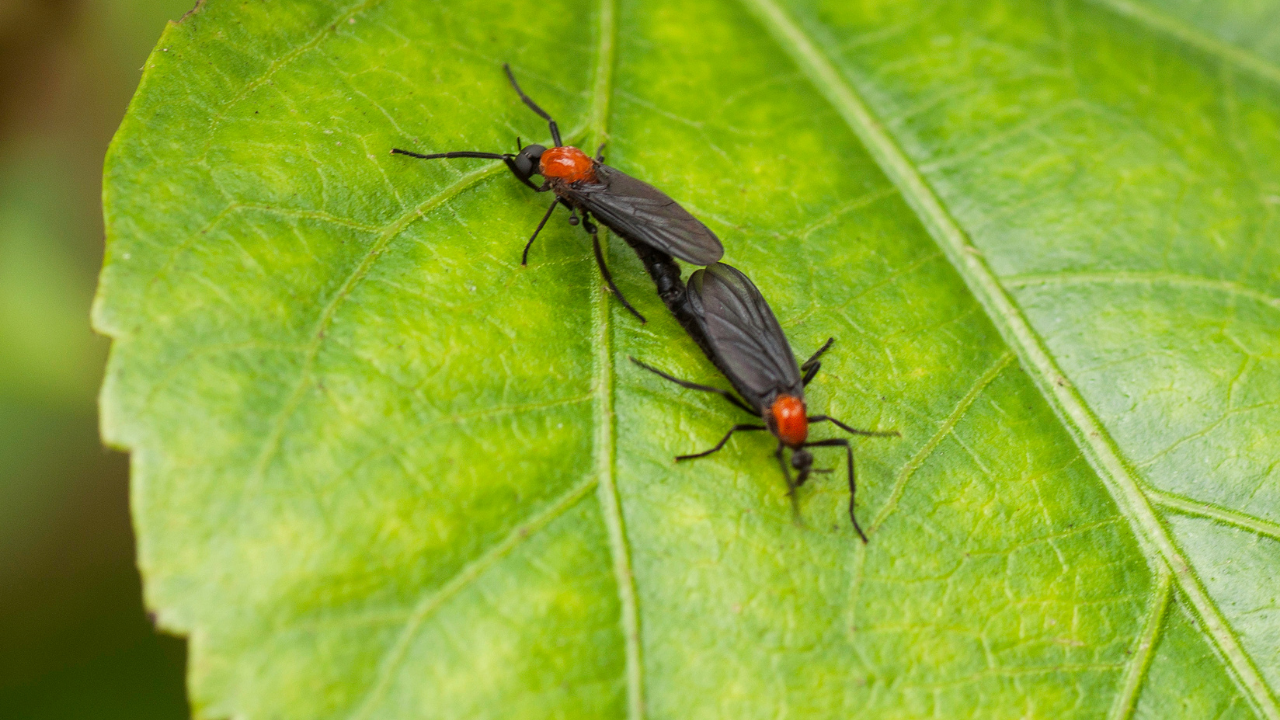TAMPA, Fla. — They're on your car, on your house and landing on your windshield every time you stop — lovebug season is here.
They're harmless, usually found in pairs and so annoying most think a more fitting name would be "hate bugs."

RELATED: Lovebugs are invading Florida, this cleaning hack will keep their guts off your vehicle
So, how did they get here?
According to the Crowley Museum and Nature Center, lovebugs migrated to the U.S. from Central America in the 1920s and to Florida in the 1940s.
"Their reproduction has been successful for two reasons, first- not many predators are interested in eating them. Additionally, their larvae break down fallen and dead vegetation," the center wrote on Facebook.
Are they the product of an experiment?
A rumor that the bugs were created by the University of Florida as an experiment to control mosquitoes has persisted for years. That's not true.
"If science had advanced to a level of being able to completely create an organism that successfully feeds and reproduces, do you really think it would be a lovebug?" the center wrote.
Lovebugs don't even eat mosquitoes! They feed on nectar from flowers like other pollinators, actually benefiting the environment, according to the post.
Where do they go?
After mating for two to three days, female lovebugs lay their eggs and die, according to the University of Florida.
They lay their eggs on decaying material found on the ground. They hatch after two to four days and feed on the material around them.
Why are they called lovebugs?
Lovebugs are often seen in pairs or "stuck" together because they're mating. An adult love bug only lives for three to four days, and those days are mostly filled with mating.
Unfortunately, lovebugs are here to stay. May marks the mating season for the nuisance bugs, and it lasts four weeks. Then, they do it again in September.
Lovebugs are always around, they're just a lot more prevalent during their mating season. They're active between 10 a.m. and 6 p.m., and they love (no pun intended) temperatures above 84 degrees.

ABC Action News anchor Wendy Ryan explores the destructive phenomenon called toxic positivity and how it can have negative impacts in the workplace.


